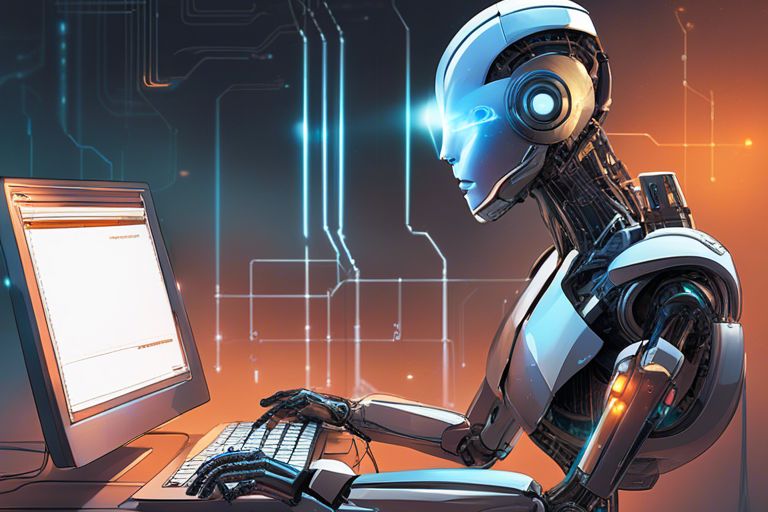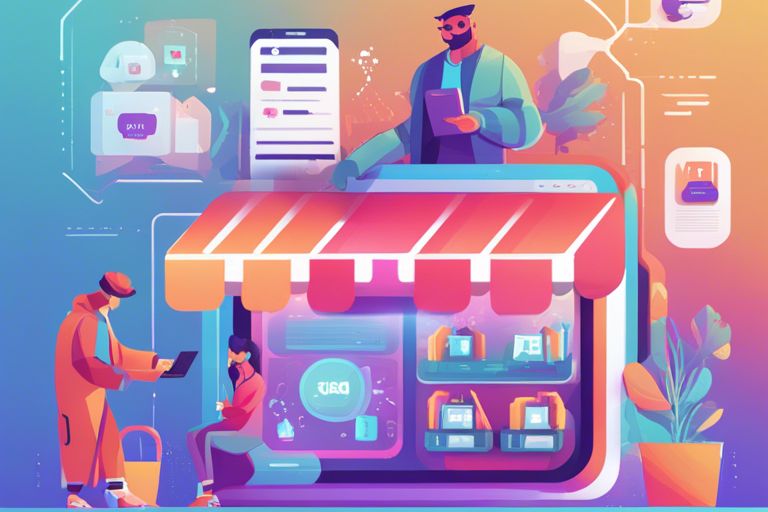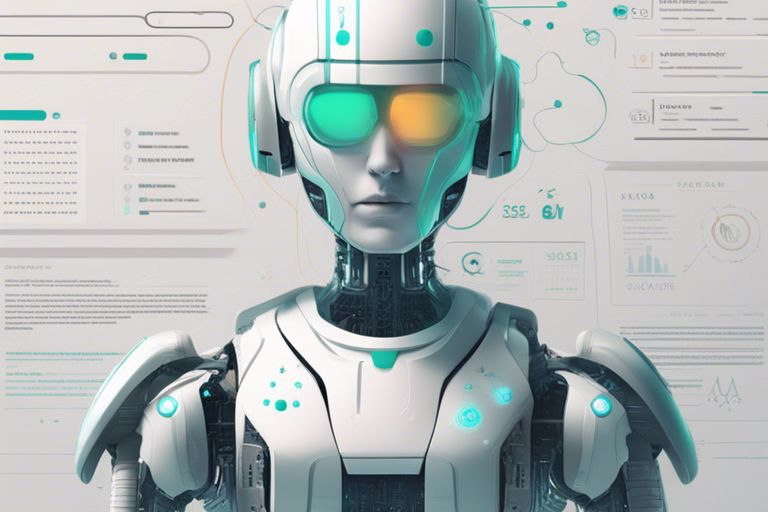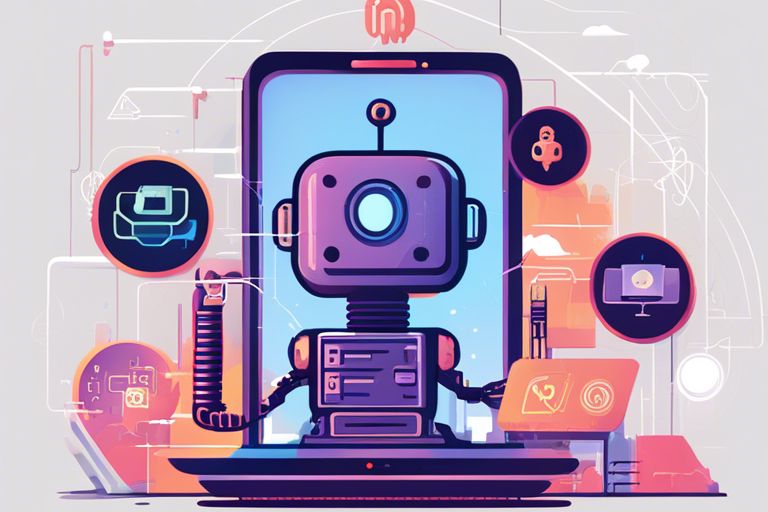
Most chat bots nowadays are powered by Artificial Intelligence (AI), but GPT-3 takes it to a whole new level. Forget about pre-programmed responses and repetitive interactions – GPT-3 chat bots are here to impress with their human-like conversations and creativity. These advanced bots are capable of understanding context, generating original content, and adapting to various scenarios in a way that traditional AI models simply can’t match. Dive into this blog post to explore the innovative world of GPT-3 powered chat bots and discover what makes them stand out from the crowd.
Key Takeaways:
- Incredible Scale: GPT-3 chatbots can understand and generate human-like text on a previously unseen scale and complexity.
- Contextual Understandings: These chatbots have a better grasp of context and can generate more coherent and relevant responses to user inputs.
- Adaptability: GPT-3 chatbots can adapt quickly to new information and situations, allowing for more dynamic and personalized interactions with users.
The Core of Intelligence: GPT-3 Explained
Unveiling GPT-3: The Mechanisms That Power Thought
Before we research into the intricacies of GPT-3, it’s imperative to understand the magic behind this AI marvel. GPT-3, short for Generative Pre-trained Transformer 3, is a language-based AI model that has taken the world by storm with its ability to generate human-like text. Its power lies in its massive neural network that can learn patterns from vast amounts of data and use them to generate contextually relevant responses on the fly.
Behind the Code: How GPT-3 Differs From Its Digital Ancestors
That said, let’s peel back the curtain and see what sets GPT-3 apart from its predecessors. Unlike traditional AI models that rely on handcrafted rules and limited datasets, GPT-3 is a transformer model that uses unsupervised learning to absorb information from the internet. This ability allows it to adapt to a wide range of tasks without the need for task-specific training, making it a versatile and powerful tool for natural language processing.
Plus, GPT-3’s immense size, with 175 billion parameters, enables it to generate remarkably coherent and contextually relevant responses. This sheer scale gives it a significant edge over older models and allows it to perform tasks that were previously thought to be beyond the reach of AI. However, this vast capacity also comes with its own set of challenges, such as high computational requirements and potential biases inherent in the training data.
The Charisma of Conversation: Features That Dazzle
Masters of Multitasking: Contextual Comprehension
Little do traditional AI models know about the art of multitasking like GPT-3 powered chatbots. They have mastered the skill of contextual comprehension, seamlessly juggling various topics within a single conversation. With the ability to understand nuances and context, these chatbots can switch gears effortlessly, keeping the conversation engaging and fluid.
The Brainy Bard: Unleashing Creativity in AI
Brainy GPT-3 chatbots are like modern-day bards, weaving stories and generating creative content with finesse. That’s where they set themselves apart from the mundane AI models. Equipped with vast knowledge and the power to unleash creativity, these chatbots can surprise you with their imaginative responses and captivating storytelling.
Bard: The beauty of GPT-3 powered chatbots’ creativity lies in their ability to generate unique content that resonates with users. Whether it’s crafting a compelling narrative or coming up with innovative solutions, these AI marvels bring a touch of artistry to the world of artificial intelligence.
Real-World Rapport: GPT-3 in Action
Beyond Small Talk: Practical Applications of GPT-3 Powered Chatbots
Talk about setting GPT-3 apart from traditional AI models – it’s like comparing a horse-drawn carriage to a Tesla. GPT-3 isn’t just spitting out canned responses; it’s carrying on meaningful conversations like a seasoned diplomat.
Emotional Intelligence: Can Chatbots Truly Empathize?
Applications claim GPT-3 can tune into emotion just like a human. But can we really trust a chatbot to understand our deepest feelings and fears? It’s like asking a goldfish for therapy – they might listen, but the advice could be a bit one-dimensional.
Understanding the limitations of chatbots’ emotional intelligence is crucial. While they can mimic empathy to some degree, they lack true emotional comprehension. Relying on them for serious emotional support may lead to misunderstandings or misinterpretations, so proceed with caution.
Overcoming Obstacles: Limitations and Ethical Considerations
The Paradox of AI Wisdom: Navigating the Pitfalls of GPT-3
Keep in mind that while GPT-3 can generate impressively human-like text, it is still a machine learning model that lacks true understanding or common sense. This can lead to unintended consequences, such as perpetuating stereotypes or spreading misinformation. It’s like having a really smart parrot – it may repeat what it hears accurately, but it doesn’t comprehend the meaning behind the words.
Moral Code: The Ethics of Autonomous Chatbots
With the rise of autonomous chatbots powered by GPT-3, questions about ethics and responsibility become crucial. One must consider the implications of delegating communication to machines that can potentially influence opinions, behaviors, and emotions. While chatbots can be efficient and helpful, there is a fine line between assistance and manipulation, raising concerns about privacy, consent, and harm.
One intriguing aspect of the ethics of autonomous chatbots is the concept of accountability. Who is responsible if a chatbot provides harmful advice or engages in unethical behaviors? Should developers, users, or the AI itself bear the burden of moral judgment? These are complex questions that require careful consideration in the age of advanced AI technology.
Navigating GPT-3 powered chatbots requires a blend of excitement and caution. While the technology offers incredible potential for innovation and convenience, it also presents challenges that demand thoughtful reflection and ethical guidelines to ensure a positive impact on society.
Conclusion
With this in mind, what sets GPT-3 powered chatbots apart from traditional AI models is their ability to understand context, generate human-like responses, and provide more engaging and personalized interactions. These chatbots take communication to the next level by mimicking the nuances and complexities of human conversation, making them a valuable tool for businesses looking to improve customer service and user experience. So, next time you’re chatting with a bot that seems a little too smart for its own good, chances are it’s powered by GPT-3!
FAQ
Q: What makes GPT-3 powered chatbots stand out from traditional AI models?
A: GPT-3 chatbots are like the cool kids in AI town – they have a vast knowledge base and can chat with you on a wide range of topics, thanks to their powerful language processing abilities.
Q: How do GPT-3 chatbots make conversations more engaging?
A: GPT-3 chatbots are like the life of the party – they can keep the conversation flowing naturally and adapt to your responses, making interactions feel more human and less robotic.
Q: Can GPT-3 chatbots handle complex queries and tasks effectively?
A: Absolutely! GPT-3 chatbots are like the superheroes of AI – they can tackle complex queries and tasks with ease, thanks to their deep learning capabilities and extensive training data.
Related Articles
Depeche Code
April 11, 2024
Depeche Code
April 8, 2024






